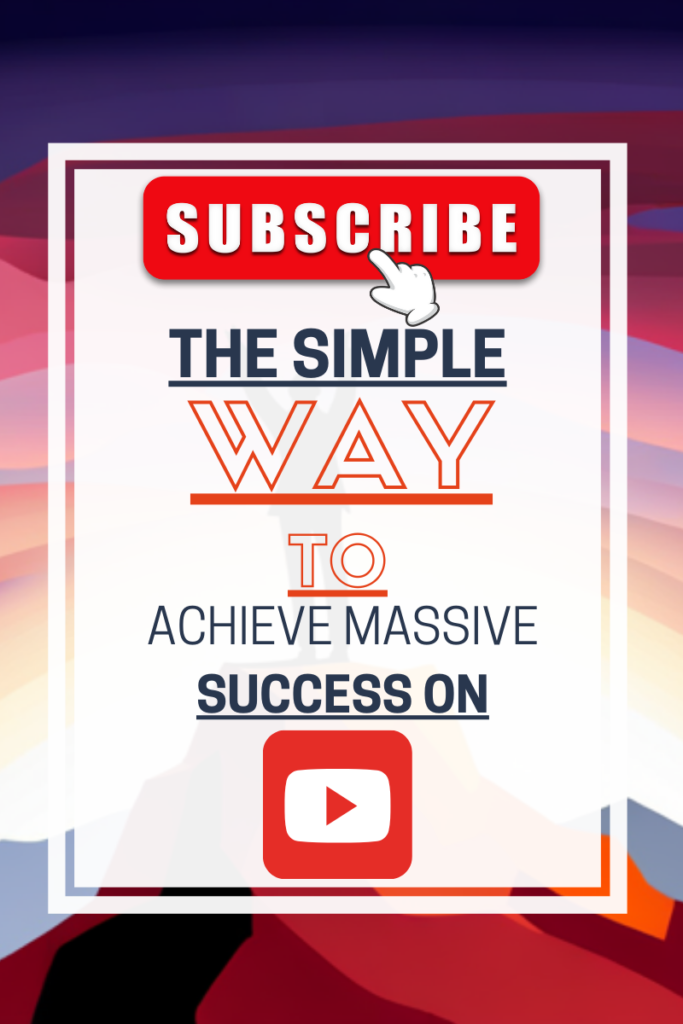Are You Ready to Ignite Your Affiliate Marketing Journey in the Booming Online Education Niche?
Welcome, my fellow digital entrepreneurs, to the exhilarating world of affiliate marketing!
If you’ve been searching for a lucrative niche to kickstart your online business, look no further than the skyrocketing online education sector. With a mind-boggling projected market size of $279.3 billion by 2029, this is your golden ticket to financial freedom and the laptop lifestyle you’ve been dreaming of.
As an affiliate marketer, you have the power to tap into this explosive growth and carve out your slice of the pie. But where do you begin? Fear not, because I’m here to guide you through the process of launching a profitable affiliate marketing website that will have you raking in commissions faster than you can say “passive income.“
First things first, let’s talk about the key players in the online education niche. We’re talking heavy hitters like Udemy, Coursera, MasterClass, Skillshare, and LinkedIn Learning. These platforms are a goldmine for affiliate marketers, offering commission rates ranging from 10% to a whopping 45%. Can you imagine the potential earnings?
But to truly succeed, you need a rock-solid foundation. That’s where WordPress comes in. This versatile platform is your secret weapon for creating an SEO-friendly, user-friendly website that will have your audience hooked from the moment they land on your page.
Now, let’s dive into the nitty-gritty of setting up your WordPress site. Choosing the perfect domain name is crucial, make it memorable, relevant, and reflective of your niche. And don’t skimp on hosting! Opt for reliable services like Bluehost or SiteGround to ensure lightning-fast load times and uninterrupted access for your eager learners.
With your site up and running, it’s time to unleash the power of plugins. Yoast SEO is your trusty sidekick for optimizing your content and climbing those search engine rankings. WPForms makes capturing leads a breeze, while WP Rocket will have your site running at warp speed.
But wait, there’s more! Design and user experience are the unsung heroes of a successful affiliate marketing website. Choose a responsive theme that looks stunning on any device and keeps your visitors engaged with a clean, intuitive layout. Trust me, your audience will thank you.
Now, let’s talk about the lifeblood of your affiliate marketing business: content. In the online education niche, trust and credibility are everything. Your mission is to create high-quality, valuable content that positions you as the go-to expert in your field.
Think course reviews that dive deep into the pros and cons, comparison articles that help users make informed decisions, and how-to guides that break down complex topics into easy-to-digest nuggets of wisdom. Don’t forget about resource lists and success stories, these are the cherries on top that will have your audience coming back for more.
But creating killer content is only half the battle. To truly dominate the search engines, you need to master the art of SEO optimization. Conduct thorough keyword research, sprinkle those golden phrases throughout your content, and craft meta tags that will have users clicking through faster than you can say “first-page ranking.“
As you weave your affiliate links into your content, remember the golden rule: transparency. Your audience trusts you, so always disclose your affiliate relationships and keep things on board. Now, it’s time to spread the word and drive traffic to your affiliate marketing masterpiece. SEO is your trusty steed, but don’t neglect the power of content marketing, social media, email outreach, and online communities. Consistency is key, develop a content calendar and stick to it like glue.
But the journey doesn’t end there. To truly succeed in the fast-paced world of affiliate marketing, you need to monitor, analyze, and optimize your website’s performance. Tools like Google Analytics are your secret weapon for tracking traffic, engagement, and conversions. Use these insights to refine your strategy and keep your audience coming back for more.
And let’s not forget about the ultimate tool in your affiliate marketing arsenal: Wealthy Affiliate. This platform is a one-stop shop for everything you need to launch and grow your online business. From a user-friendly website builder to comprehensive training programs and a powerful keyword research tool, Wealthy Affiliate has your back every step of the way.
So, my fellow digital entrepreneurs, are you ready to take the plunge into the exhilarating world of affiliate marketing in the online education niche? With the right strategies, tools, and mindset, you can build a thriving business that not only generates passive income but also makes a real difference in people’s lives.
Remember, success in affiliate marketing is all about building trust, providing value, and staying ahead of the curve. Keep learning, keep growing, and keep your audience at the heart of everything you do. The online education niche is yours for the taking, so go out there and make your mark!
Your journey to financial freedom and the laptop lifestyle starts now. Join me on this exhilarating ride and let’s show the world what affiliate marketing in the online education niche is all about. Together, we can build businesses that not only change our lives but also empower countless others to unlock their full potential through the power of online learning. So, what are you waiting for?
Let’s ignite your affiliate marketing journey and make your wildest dreams a reality!








